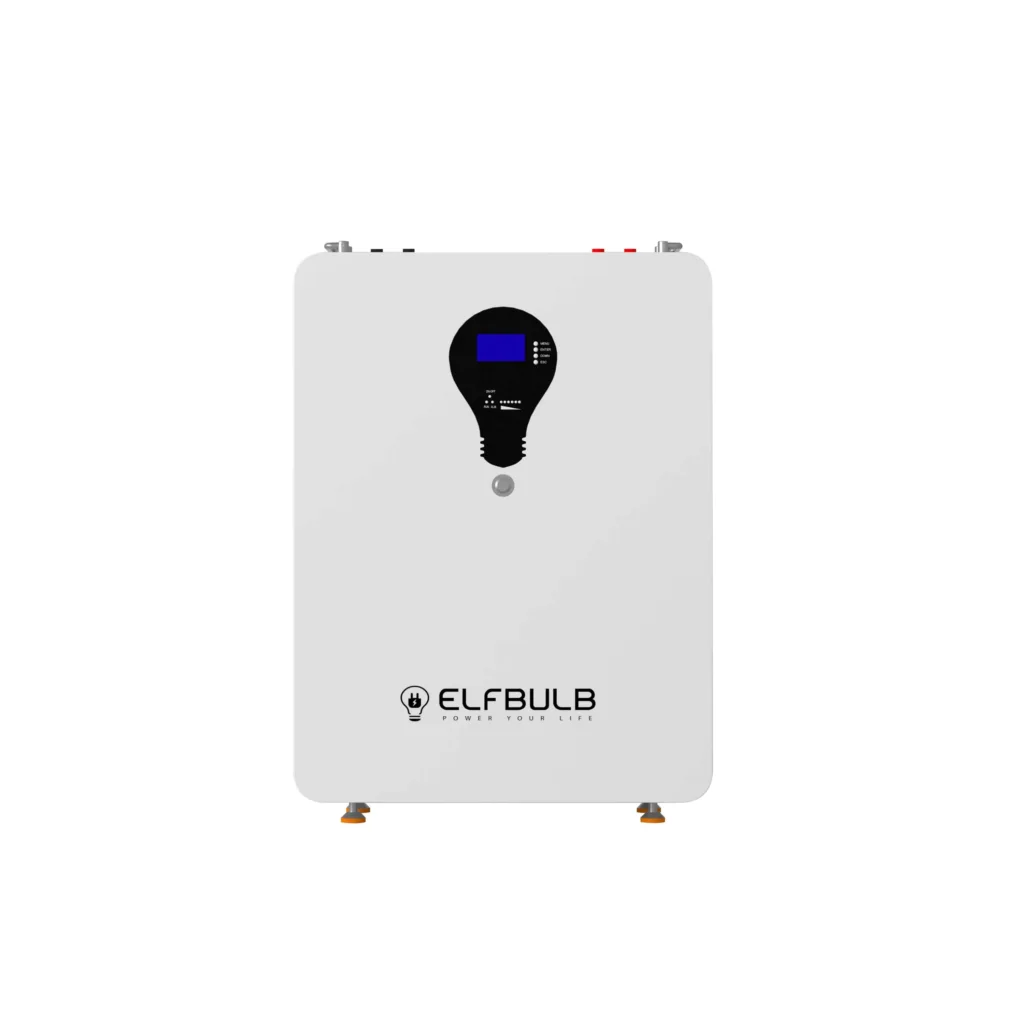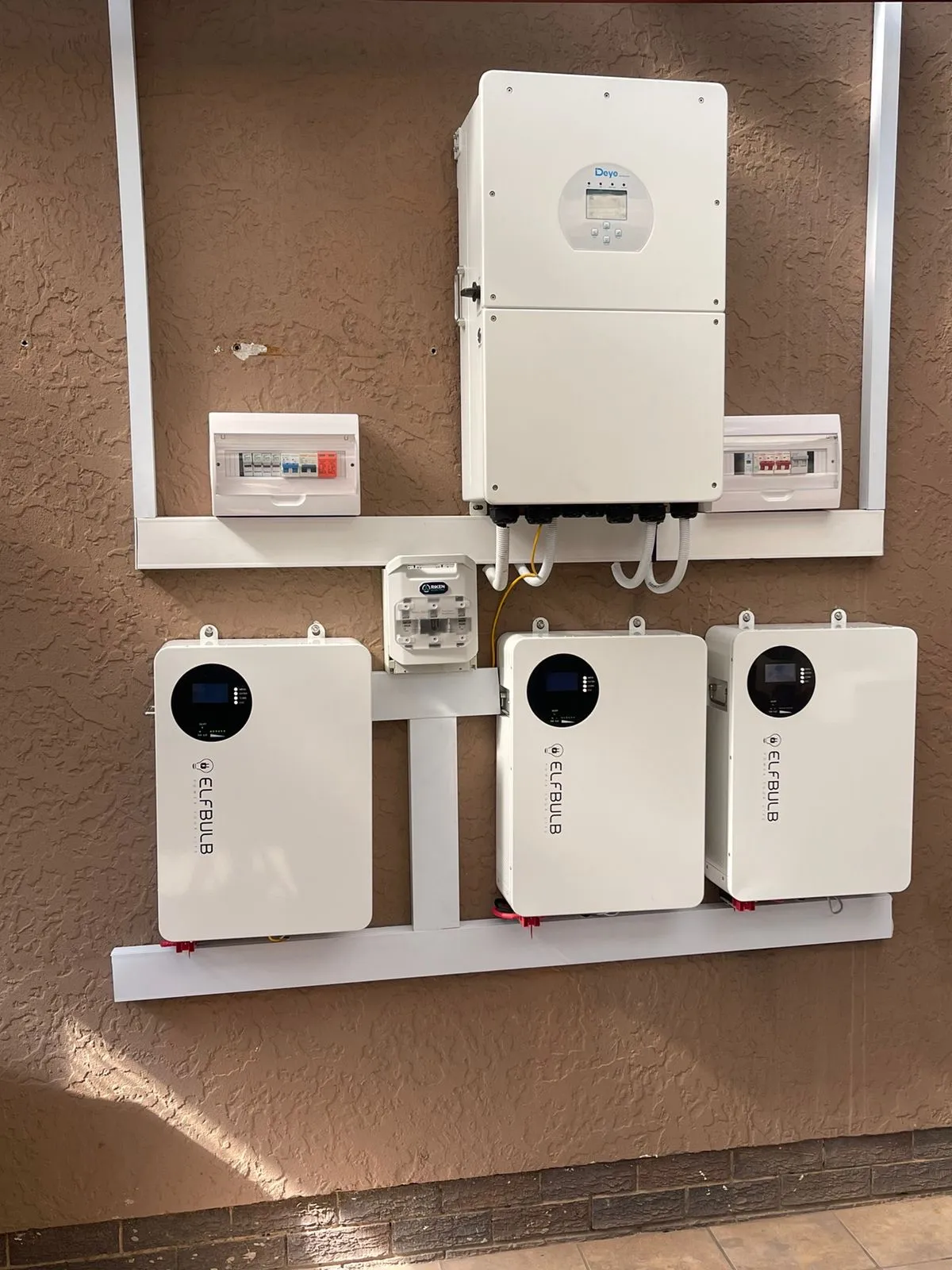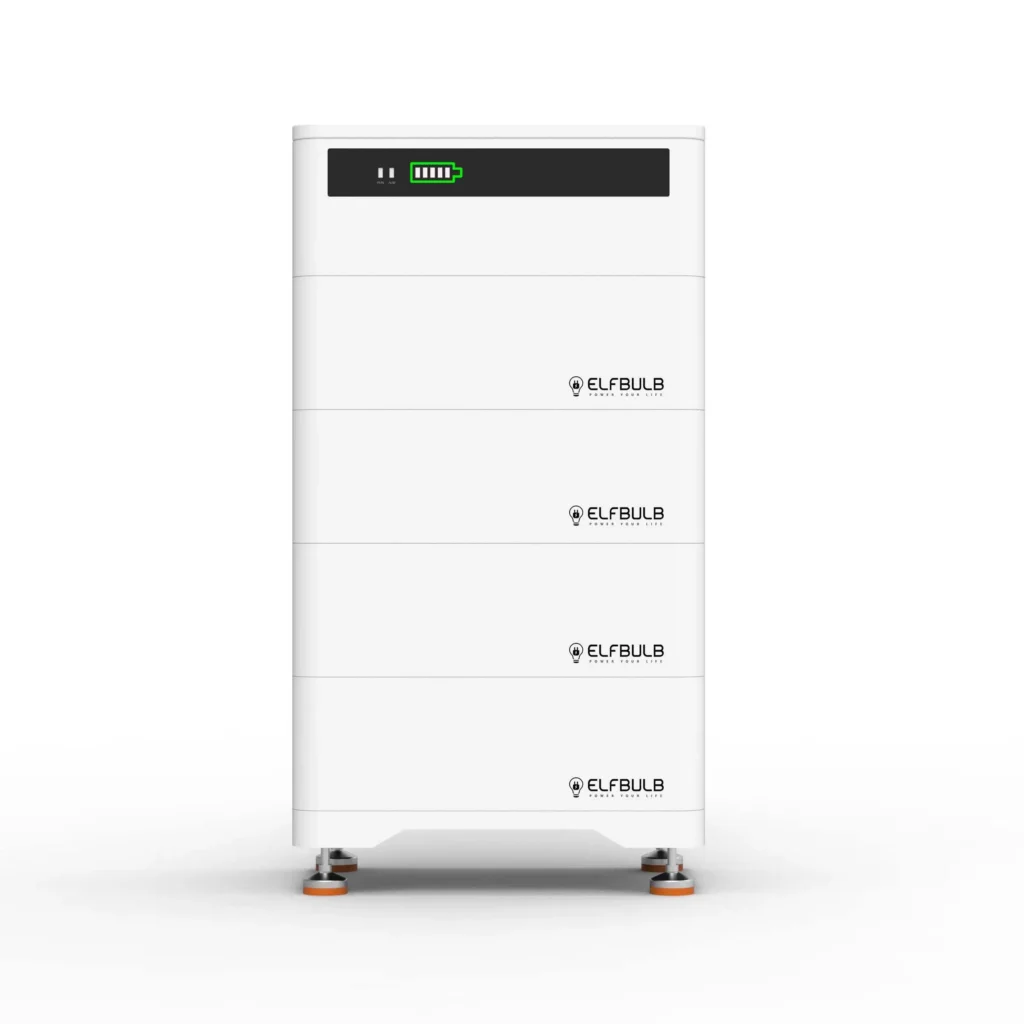Imagine this: you’re enjoying a weekend getaway powered by your trusty 5kWh battery. Suddenly, the sunshine fades, and you need to recharge. But how long will that take? Fear not, curious adventurer! This guide will unveil the factors influencing a 5kWh battery’s charging time and provide a roadmap to estimate your wait.
Understanding the Charging Equation: Unveiling the Variables
The time it takes to charge a 5kWh battery isn’t a one-size-fits-all answer. It hinges on two key factors:
- Charger Power Rating: This refers to the amount of power your charger can deliver to the battery, measured in watts (W). A higher wattage charger will juice up your battery faster.
- Battery Depth of Discharge (DoD): This indicates how much of the battery’s capacity you’ve used. A deeply discharged battery (DoD closer to 100%) will take longer to recharge than a partially used one.
The Charging Countdown: A Step-by-Step Breakdown
Here’s a simplified approach to estimating your 5kWh battery’s charging time:
- Identify Your Charger Power: Locate the wattage rating on your charger, typically printed on a label or in the user manual.
- Calculate Charging Time (Theoretical): Divide the battery capacity (5kWh) by the charger power (in watts) and multiply by 1.2 (to account for inefficiencies).
Example: Let’s say your charger is rated at 1kW (1000W).
Charging Time = (5kWh) / (1kW) * 1.2 = 6 hours (theoretical)
Refining the Estimate: Considering the DoD
The previously calculated time is a theoretical best-case scenario assuming a completely discharged battery (DoD of 100%). In reality, the DoD will likely be lower. Here’s how it affects charging time:
- Shallower Discharge (DoD Less Than 50%): In this case, the charging time will be proportionally shorter than the theoretical estimate.
- Deeper Discharge (DoD Closer to 100%): Expect a charging time closer to the theoretical estimate or even slightly longer.

Beyond the Basics: Additional Factors
While charger power and DoD are the main players, a few other elements can influence charging time:
- Battery Chemistry: Different battery types (e.g., lithium-ion vs lead-acid) have varying charging characteristics.
- Battery Age and Condition: As batteries age, their charging efficiency can decrease, leading to slightly longer charging times.
- Temperature: Extreme temperatures (hot or cold) can slow down the charging process.
Optimizing Your Charging Experience: Tips for a Speedy Top-Up
Here are some strategies to get the most out of your charging time:
- Utilize a High-Wattage Charger: If possible, invest in a charger with a wattage rating close to your battery capacity for faster charging.
- Avoid Deep Discharges: Maintain healthy battery habits by avoiding draining the battery completely whenever possible.
- Maintain Ideal Temperatures: Keep your battery and charger in a cool, well-ventilated area during charging.
The Takeaway: Charging a 5kWh Battery – A Tailored Experience
The charging time for a 5kWh battery depends on your specific setup and usage patterns. By understanding the key factors and implementing these tips, you can estimate your charging window and ensure a smooth power flow for your adventures or everyday needs.














